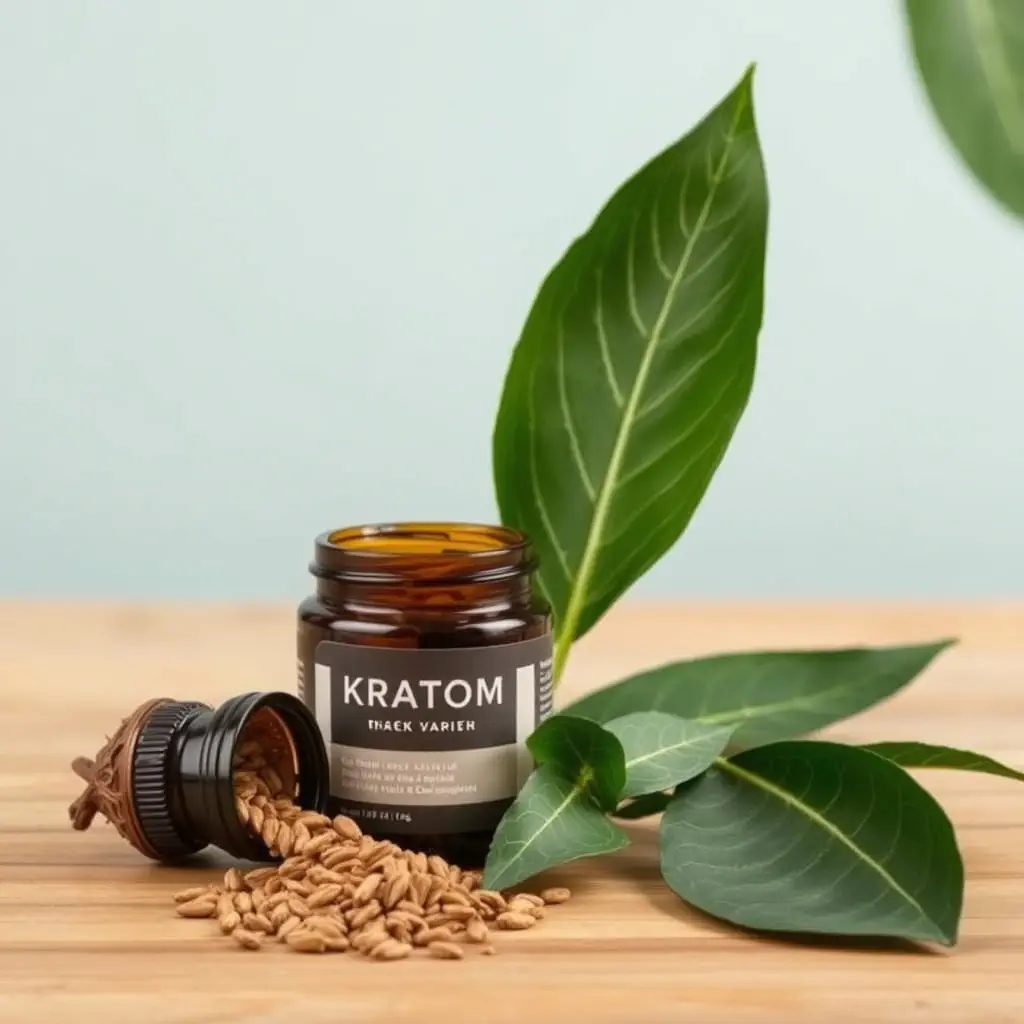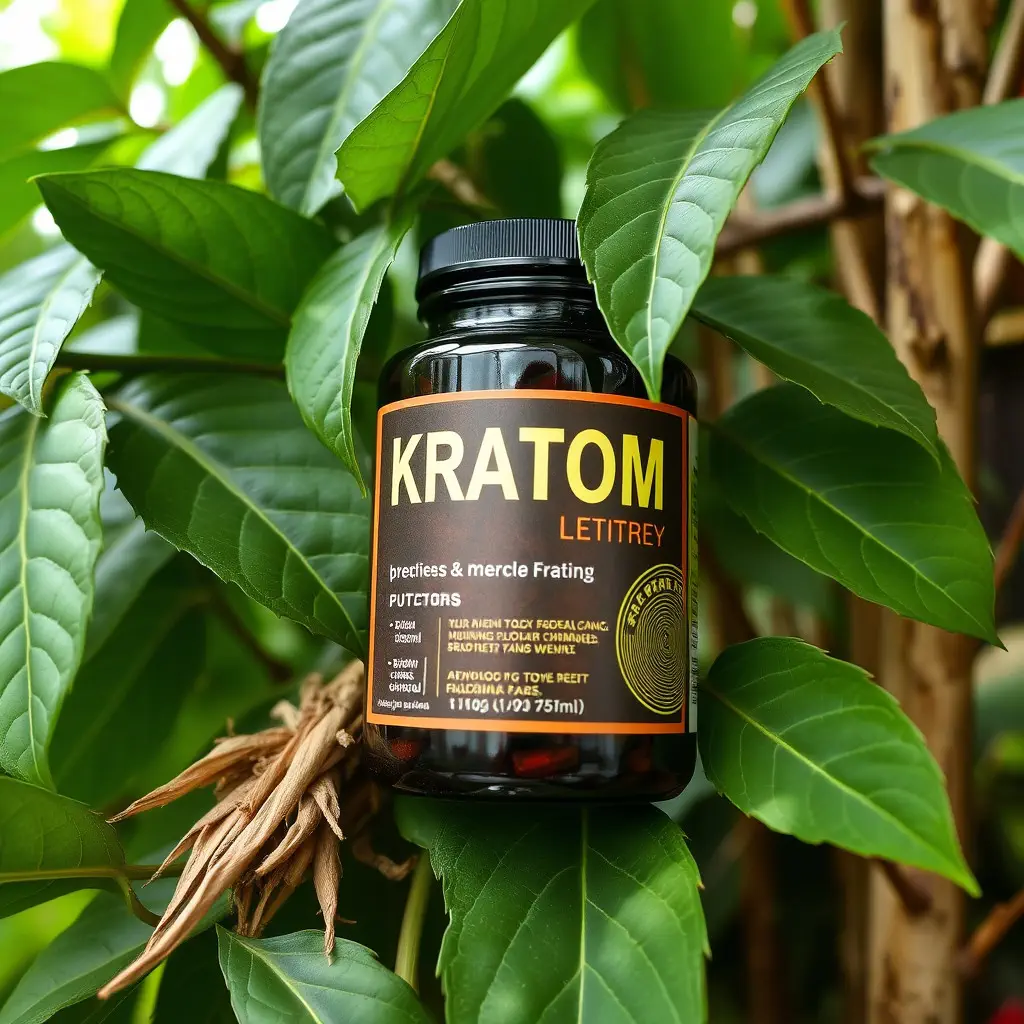Kratom, a plant from Southeast Asia with potential anti-inflammatory properties due to its alkaloids mitragynine and 7-hydroxymitragynine, has compounds that may interact with opioid receptors and influence cytokine production to potentially modulate inflammation. As of the latest update in 2023, kratom's legal status in Texas is subject to change, as it is currently not explicitly a controlled substance under federal law, allowing its legal purchase and use within the state, though this may be affected by local regulations and ongoing legislative attempts to regulate or ban it. In Texas, individuals interested in using kratom for inflammation relief should be aware of the need for further research on its efficacy and safety, as well as potential interactions with other medications. Users are advised to monitor legislative updates, adhere to safe dosing practices tailored to their individual physiology, and consult healthcare professionals before incorporating kratom into their health regimen. The legal future of kratom in Texas is uncertain, underscoring the importance of staying informed about state and federal regulations to ensure compliance and safety.
Kratom, a botanical extract from the leaves of Mitragyna speciosa, has garnered attention for its potential anti-inflammatory properties. This article delves into how kratom may aid in reducing inflammation and its legal status in Texas, particularly addressing “Is kratom legal in Texas?” We’ll navigate the science behind kratom’s effects, ensuring readers understand its role while also considering safety and effective dosage. Join us to explore this intriguing natural remedy and its implications for those seeking relief from inflammation.
- Understanding Kratom's Role in Inflammation Reduction
- The Legal Status of Kratom in Texas: Is It Permitted?
- Effective Dosage and Safety Considerations When Using Kratom for Inflammation
Understanding Kratom's Role in Inflammation Reduction

Kratom, a tropical tree native to Southeast Asia, has garnered attention for its potential therapeutic properties, particularly in the realm of inflammation reduction. The active components found in kratom leaves, namely mitragynine and 7-hydroxymitragynine, are believed to interact with the body’s opioid receptors, which can influence the immune response and reduce inflammation. Studies suggest that these compounds may modulate cytokine production, key molecules in the body’s inflammatory response. This mechanism has led to exploration of kratom’s role in managing conditions characterized by chronic inflammation.
In the context of legal considerations, it’s important to note the status of kratom varies across different regions within the United States. As of the knowledge cutoff date, is kratom legal in Texas? Yes, kratom is currently legal in the state of Texas, with some caveats. The Texas Health and Safety Code includes kratom as a substance to be tracked by the Department of State Health Services, indicating ongoing monitoring of its effects and safety. Users in Texas interested in incorporating kratom into their wellness regimen for inflammation reduction should stay informed on any legislative changes that may influence its accessibility. It’s always advisable to consult with healthcare professionals before adding new substances like kratom to one’s health routine, especially considering the potential for interaction with other medications and the need for more comprehensive research to fully understand its effects and safety profile.
The Legal Status of Kratom in Texas: Is It Permitted?

Kratom, a plant native to Southeast Asia, has gained attention for its purported effects on inflammation reduction and pain management. Within the United States, the legal status of kratom varies by state, leading to confusion among consumers. In Texas, the regulatory landscape regarding kratom is subject to evolving laws and public health considerations. As of the knowledge cutoff in 2023, kratom is not explicitly scheduled as a controlled substance at the federal level under the Controlled Substances Act. This has resulted in a complex situation where Texas residents can legally purchase and consume kratom products, provided they adhere to any relevant local regulations. It’s important for potential users in Texas to stay informed about state legislation, as legislative efforts to regulate or ban kratom have been introduced but have not yet led to a clear-cut legal status. Consumers should also be aware that the Food and Drug Administration (FDA) has issued warnings about the safety of kratom, highlighting the need for caution and responsible use. Those interested in incorporating kratom into their wellness routine should monitor official state and federal announcements for updates on its legal status to ensure compliance with current laws.
Effective Dosage and Safety Considerations When Using Kratom for Inflammation

Kratom, a tropical tree native to Southeast Asia, has been recognized for its potential anti-inflammatory properties. When considering kratom for inflammation reduction, it is crucial to determine an effective dosage that aligns with safety guidelines. The alkaloids present in kratom leaves, primarily mitragynine and 7-hydroxymitragynine, are believed to contribute to its anti-inflammatory effects. However, the appropriate dosage can vary depending on individual tolerance, body weight, and the specific strain of kratom used. Generally, a moderate dose is often recommended as a starting point for adults; however, it’s important to consult with a healthcare provider before use, especially given the varying legal statuses of kratom across regions like Texas. In Texas, the legal status of kratom is subject to change, and it’s currently classified as a supplement. Safety considerations are paramount when incorporating kratom into one’s health regimen; users should be cautious about potential side effects, interactions with medications, and the development of dependency or tolerance over time. Adhering to recommended dosages and being mindful of personal health history can help mitigate risks associated with its use for inflammation. Regular monitoring of kratom’s effects on the body is essential, and users should stay informed about the evolving legal landscape surrounding kratom in their respective states.
Kratom’s potential in inflammation reduction presents an intriguing avenue for natural health remedies, particularly within the context of Texas’s legal landscape. As we have explored, understanding the appropriate dosage and safety measures is paramount when considering kratom as a therapeutic option. With the legality of kratom in Texas being a subject of ongoing discourse, individuals interested in its anti-inflammatory properties must stay informed about the current legal status to ensure compliance with state regulations. Prospective users should approach its use with caution and consultation with healthcare professionals. This article aims to shed light on these aspects, offering insights into the multifaceted role of kratom in managing inflammation and navigating its legal use in Texas.






